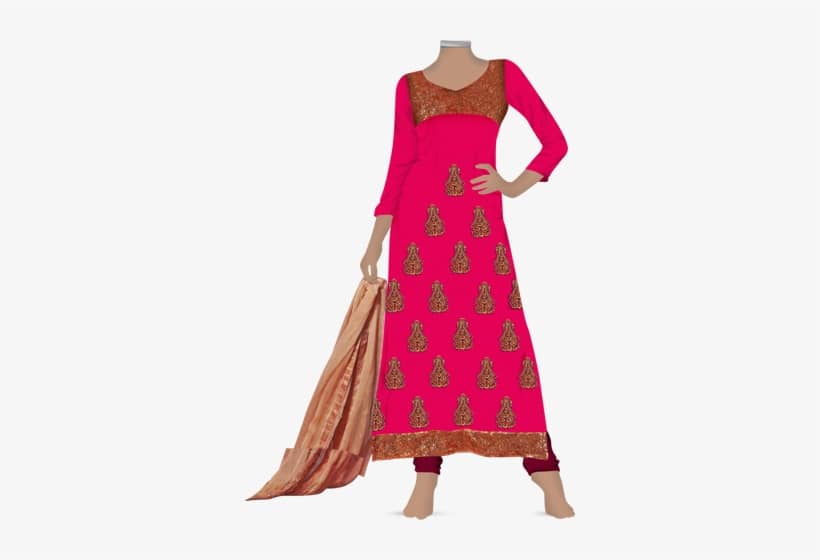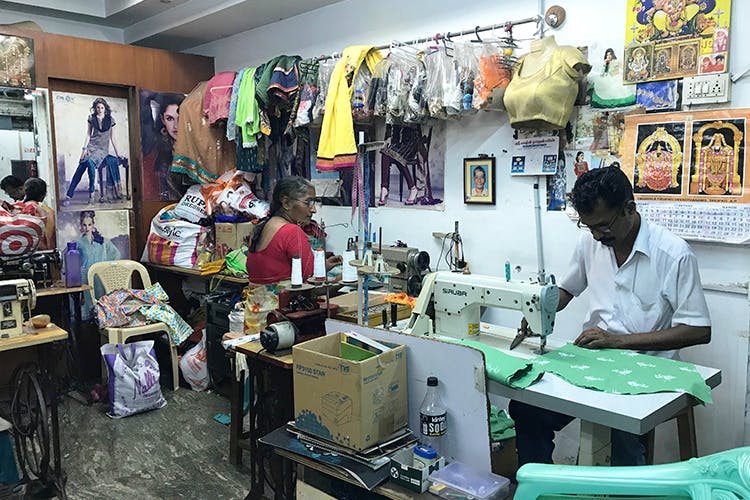Tailor Perth Quality: Where Quality Satisfies Personalized Tailoring
Tailor Perth Quality: Where Quality Satisfies Personalized Tailoring
Blog Article
Comprehending the Tailoring Process: From Material Choice to Last Fitting for the Perfect Wardrobe
The customizing procedure is a complicated interaction of art and science, starting with the important choice of fabric selection and culminating in the specific adjustments of final installations. Each fabric kind brings unique top qualities that affect not just the aesthetic allure yet additionally the garment's durability and viability for various events. Understanding the subtleties of customizing methods can boost one's closet to unmatched levels of elegance. As we explore these elements even more, one have to consider just how even the tiniest information can significantly influence the total end result of one's personal style.
Relevance of Textile Option
Choosing the ideal textile is important in the tailoring process, as it straight influences the comfort, durability, and general aesthetic of the final garment (tailor perth). The option of fabric establishes the foundation for the garment's performance, style, and functionality. Different textiles have one-of-a-kind residential or commercial properties, such as weight, stretch, and breathability, which can substantially impact how the garment drapes and fits the body
Additionally, material choice impacts the garment's long life and ease of care. Top notch fabrics can hold up against wear and tear, maintaining their look and structure over time, while lower-quality materials may lead to pilling or fading. Furthermore, the appropriate fabric adds to the garment's ability to change across occasions and seasons, thereby boosting adaptability.
A customized piece made from an ideal textile not just showcases craftsmanship however additionally elevates the user's self-confidence. Comprehending the subtleties of textile option is critical for any kind of tailoring endeavor. It guarantees that the end product not only satisfies the aesthetic desires of the client yet additionally lines up with useful demands, consequently accomplishing a harmonious balance in between type and feature in the tailored closet.
Kinds Of Fabrics and Their Usages
Recognizing the various sorts of materials available is essential for making informed choices during the customizing process. Each material has distinct attributes that dictate its suitability for particular garments and celebrations.
Its adaptability enables it to be customized right into everything from shirts to outfits. Its all-natural elasticity assists garments keep shape over time.
Silk emanates deluxe and is light-weight, making it perfect for eveningwear and fragile shirts; nevertheless, it needs cautious handling as a result of its fragility. Bed linen, with its textured coating, is a popular choice for warm environments, offering a crisp and airy feel, yet it wrinkles conveniently, which might impact the garment's look.
Artificial fabrics, such as polyester and nylon, deal longevity and resistance to wrinkles, making them ideal for day-to-day wear and energetic clothing. Comprehending these textile types and their buildings enables much better decision-making, making certain that each tailored piece not just fits well however likewise straightens with the designated objective and celebration.
The Tailoring Methods Clarified
The art of tailoring counts on a selection of techniques that change textile right into well-fitted garments. Central to this procedure is pattern preparing, where a tailor creates design templates based on the client's measurements and wanted style. This initial action makes sure that the garment will certainly fit the wearer effectively prior to any type of reducing occurs.
As soon as patterns are established, reducing techniques enter into play. Precision is paramount as mistakes can cause misfitting garments. Tailors usually make use of various reducing methods, such as single-layer reducing for complex styles and multiple-layer cutting for performance on typical patterns.
Basting is an additional important method, allowing dressmakers to momentarily stitch fabric items with each other for an initial fitting. This method uses the opportunity to evaluate the drape and overall shape prior to last sewing.
Seaming methods, including french joints and flat-felled joints, improve the garment's sturdiness and aesthetic appeal. Tailors additionally employ methods such as interfacing and cushioning to give framework and form to particular areas, like collars and shoulders.
Lastly, ending up strategies, including hemming and edge finishing, guarantee the garment's durability while supplying a polished appearance. Together, these methods create the foundation of reliable Clicking Here tailoring, resulting in exquisite, custom-fit garments.
Fitting Changes and Considerations

Secret considerations consist of the shoulder fit, which must neither droop neither limit movement, and the sleeve size, which need to permit comfortable arm motion while maintaining a refined appearance. In addition, adjustments at the waist can refine the silhouette, with options to allow out or take in fabric as needed.
The increase of trousers is one more vital element; it must sit easily over the hips without creating discomfort, enabling simplicity of activity. Hemming lengths for both pants and skirts must show the user's recommended design while appreciating proportions.

Keeping Your Tailored Clothing
Always comply with the treatment tag guidelines, which may advise completely dry cleaning for fragile textiles or maker cleaning for even more long lasting materials. Prevent regular laundering, as this can wear down the textile and change the garment's shape.
Storage space is equally essential; use cushioned wall mounts for jackets and coats to maintain shoulder framework, and shop pants folded nicely or hung to prevent creasing. Protect garments from straight sunlight, which can discolor shades and damage fibers.
Furthermore, routine assessments for minor repair work can stop bigger problems. Look for loose buttons, tearing seams, or signs of moth damages, addressing these problems promptly to preserve the garment's stability.
Finally, think about seasonal turning. Putting on customized pieces in small amounts enables materials to recoup, extending their lifespan. By executing these upkeep techniques, you can make certain that your tailored garments stay as excellent as the day you first used them, improving your perfect closet for several years to come.
Verdict
The tailoring procedure, including material selection, website here experienced strategies, and accurate suitable adjustments, plays a critical function in developing garments that enhance both comfort and style. Each stage adds to the overall efficiency of the final item, making certain that clothes not only fits well yet also reflects private identity. Recognizing the significance of upkeep expands the life of tailored garments, strengthening their worth in a official statement well-curated closet. A detailed method to tailoring culminates in a confident and sleek appearance.
Picking the right textile is crucial in the tailoring procedure, as it directly affects the comfort, durability, and general aesthetic of the final garment. The selection of material establishes the structure for the garment's functionality, style, and efficiency. Different materials have unique residential or commercial properties, such as breathability, stretch, and weight, which can substantially impact exactly how the garment drapes and fits the body.
The art of customizing depends on a range of strategies that transform material into well-fitted garments.The tailoring procedure, including textile selection, skilled methods, and accurate suitable adjustments, plays an essential function in producing garments that enhance both comfort and design.
Report this page